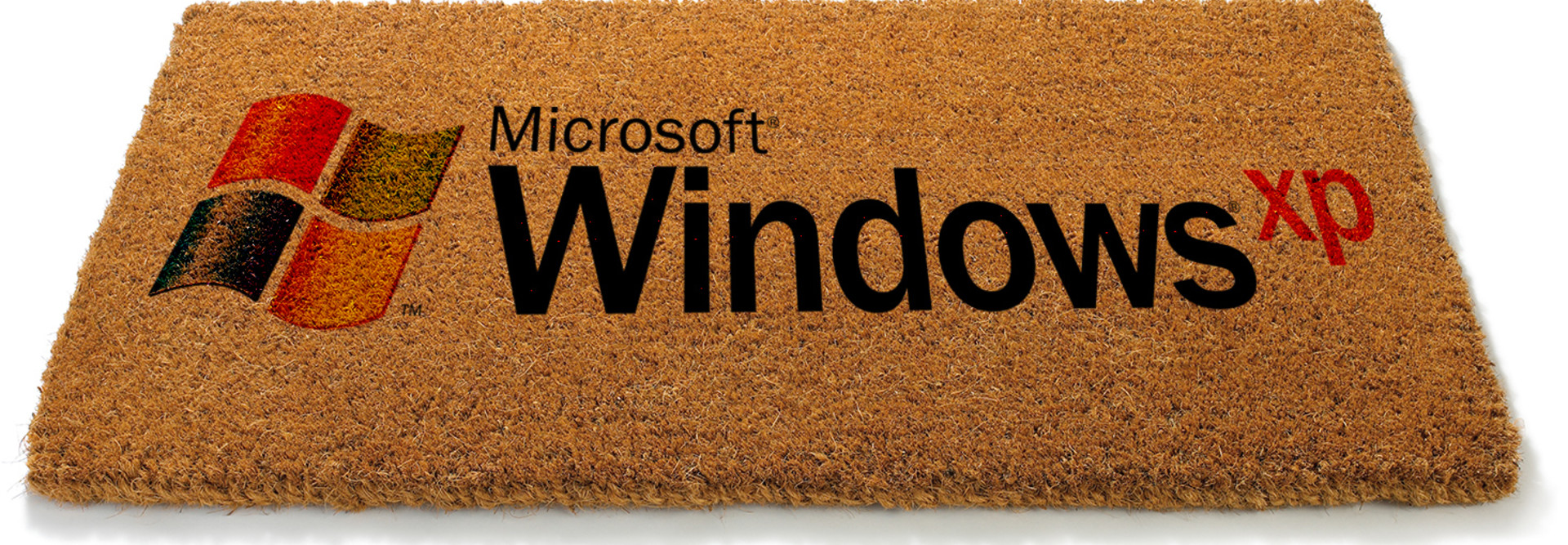The Welcome Mat for Windows XP Is Officially Worn Out
If you’ve been keeping up with the technology press, or if you’ve bookmarked Microsoft’s XP end-of-life countdown clock, then you’re probably aware that Windows XP is officially retired come April 8.
That means Microsoft will no longer — outside of costly custom arrangements — support the operating system that gave us the green Start menu button.
BizTech has been covering the Windows Migration on several fronts. Our feature story, “More Companies Say Goodbye to Windows XP,” from the Winter 2013 issue highlighted three businesses' OS migrations from Windows XP to Windows 7.
Of the three companies highlighted in the story, one rolled out Windows 7 in phases. Another upgraded 600 desktops and 100 notebooks to Windows 7 and tossed out the remaining 20 percent of machines that couldn’t run Windows 7. The third organization has taken an “upgrade as it breaks” approach and decided to upgrade to new operating systems as its machines become slow or need to be replaced.
Putting a Windows Migration Plan Together
Understanding that Windows XP’s days are numbered isn’t hard. But for companies that have waited till now to think about migrating, how should they get started?
BizTech’s Windows Migration Trail infographic, which takes a visual inspiration from the classic PC game Oregon Trail, outlines a step-by-step process organizations can follow as they prepare their systems for the journey to Windows 7 or 8-land.
It all starts with assessing the entire fleet of computing machines and determining which are eligible for upgrades. Then it's time to evaluate the applications the company relies on and verify that they are compatible with either Windows 7 or Windows 8. This is key because if an OS upgrade renders a mission-critical application useless, the IT department could find itself in hot water with the executive team.
The infographic continues with the migration process, which includes building standard images, capturing user settings and deploying the new OS across the company. Once the migration has been completed, it’s important for IT to help users settle into their new OS homes and make the transition as smooth as possible.
Who Still Hasn’t Ditched the XP Baggage?
The Windows XP End of Life drum has been steadily beaten by Microsoft and a host of its partners for a few years now. So that must mean everyone has gotten ahead of the game and made sure to leave Windows XP by April 8, right? Unfortunately, not quite.
According to a survey by Fiberlink, as of the first week of April, 44 percent of businesses were still running Windows XP. That sounds bad — until you learn that more than 95 percent of the world’s ATMs also are still stuck on XP, according to recent estimates.
The stakes for running an unsupported OS are high. On the security front, Microsoft will no longer supply patches for Windows XP, which leaves XP users vulnerable. On the cost front, CDW cites estimates from IDC that say “supporting a Windows XP PC costs about $870 per year, significantly more than the estimated $168 for a PC running on Windows 7.” So far, CDW says it has helped over 200 customers switch to Windows 7.
On the mobility front, Windows XP wasn’t built with that world in mind, since tablets and smartphones were more of a dream than a reality back in 2001. For organizations looking for an OS that can handle mobile devices, Windows 8 is the only way to go, since it has a dual interface that supports both desktop and tablet users.
All of these things should be top of mind for any organization that hasn’t yet switched to Windows 7 or 8. Because come midnight April 8, its computers will turn into the IT equivalent of pumpkins, just like Cinderella’s mystical carriage.









